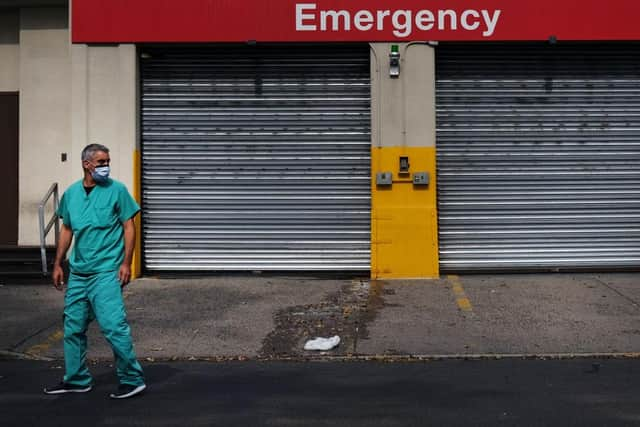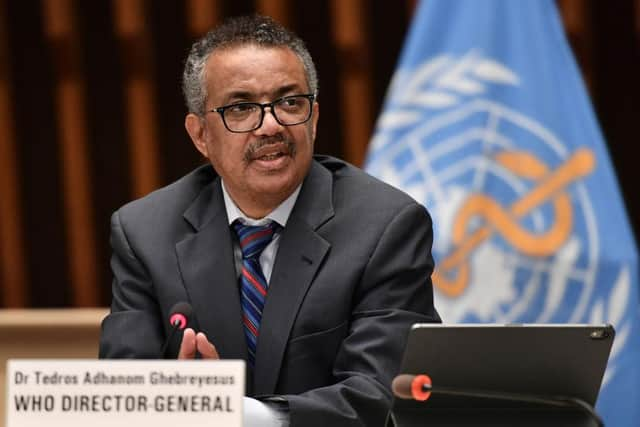Coronavirus: Global deaths from Covid-19 surpass one million
and live on Freeview channel 276
The United States has the world’s highest death toll, with more than 200,000 fatalities, followed by Brazil on 140,000 and India on 95,000.
Together, the deaths in the US, Brazil and India make up nearly half of all the deaths, according to work by Johns Hopkins University.
Advertisement
Hide AdAdvertisement
Hide AdBut experts believe the true death toll could be much higher than official figures suggest.
UN Secretary-General António Guterres called it a "mind-numbing" figure and "an agonising milestone".
"Yet we must never lose sight of each and every individual life," he said in a video message.
"They were fathers and mothers, wives and husbands, brothers and sisters, friends and colleagues. The pain has been multiplied by the savageness of this disease."
Advertisement
Hide AdAdvertisement
Hide AdIn the ten months since the global pandemic began, the virus has spread to 188 countries and infected more than 32 million people.


More than seven million cases have been reported in the US alone.
While work on possible vaccines has accelerated in recent months, the World Health Organisation (WHO) has warned that the global death toll could double - reaching two million - before a drug treatment is found.
In a piece published in The Independent, WHO Director-General Dr Tedros Adhanom Ghebreyesus insisted: “it's never too late to fight back.”
Advertisement
Hide AdAdvertisement
Hide Ad“This milestone is a difficult moment for the world, but there are glimmers of hope that encourage us now and in the near future,” he wrote.


He argued for the importance of “sustainable investment” in public health systems in battling the virus.
“Although the Americas has so far been the most affected region, Uruguay has reported the lowest number of cases and deaths in Latin America, both in total and on a per capita basis.
“This is not an accident,” he said, “Uruguay has one of the most robust and resilient health systems in Latin America, with sustainable investment based on political consensus on the importance of investing in public health.”
A message from the Editor
Thank you for reading this story on our website. While I have your attention, I also have an important request to make of you.
The dramatic events of 2020 are having a major impact on many of our advertisers - and consequently the revenue we receive. We are now more reliant than ever on you taking out a digital subscription to support our journalism.
Subscribe to scotsman.com and enjoy unlimited access to Scottish news and information online and on our app. Visit https://www.scotsman.com/subscriptions now to sign up.
By supporting us, we are able to support you in providing trusted, fact-checked content for this website.
Joy Yates
Editorial Director
Comment Guidelines
National World encourages reader discussion on our stories. User feedback, insights and back-and-forth exchanges add a rich layer of context to reporting. Please review our Community Guidelines before commenting.